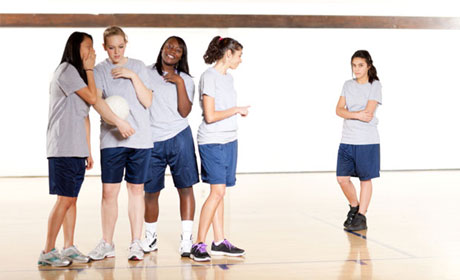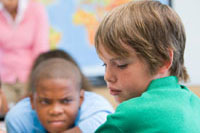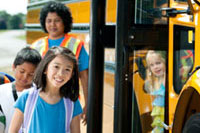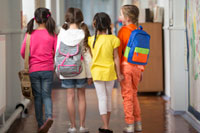
The Teacher’s Role
Children spend a large portion of their day in school. Their experiences while there have a tremendous impact on their development, affecting both their physical and mental health. Bullying can happen wherever children gather – in the playground, at summer camp, on sports teams or during organized activities – but the majority of bullying happens at school, making teachers a child’s first line of defense.
It is absolutely critical that teachers take bullying seriously, intervening when necessary and encouraging healthy relationship skills. The bullying behaviour children experience or adopt within peer relationships at school will carry over to other relationships as they move through adolescence and into adulthood.
Teachers influence how students develop social skills, empathy, social responsibility and citizenship. Relationship skills are just as essential as knowing how to read and write. When children are taught how to recognize and manage their emotions, how to make decisions and how to behave ethically and responsibly, they are better equipped to engage in healthy relationships.
Not sure what bullying looks like? Learn more about the difference between teasing and bullying and how bullying evolves throughout childhood.




